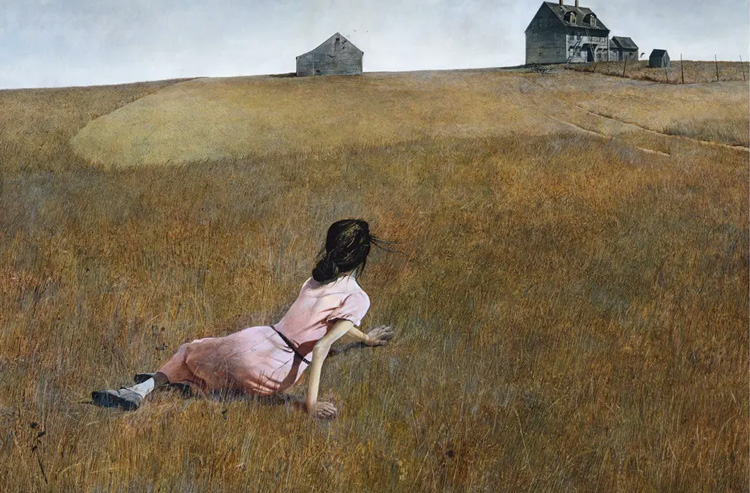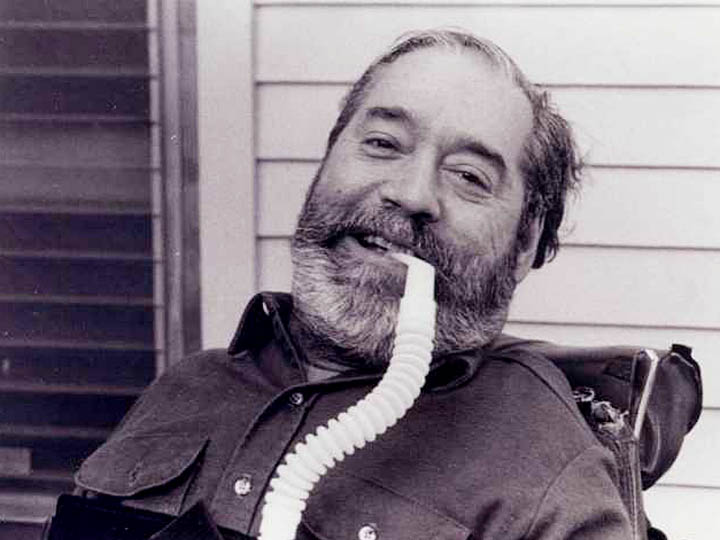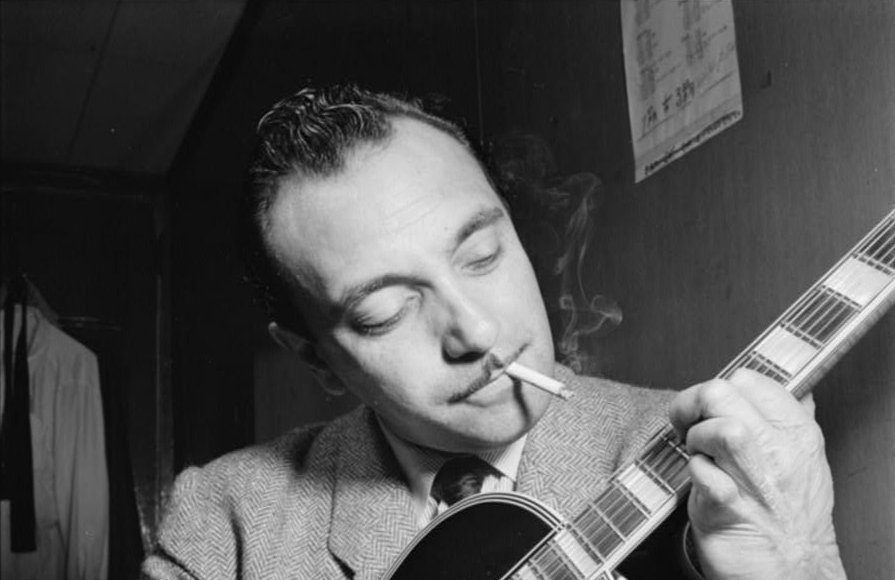
Dear Reader
Thanks for your feedback on the first two issues of this Digest. I confess I’m having trouble limiting the number of profiles as well as their length. Bear with me, there is so much to share.
Please send your suggestions via this form.
Thanks
Al
This week in history ...
 January 21st is the birthday of folk singer and fiddle sensation Gaelynn Lea (1984). She is classical trained and plays her violin like a cello holding her bow like a bass player. Lea’s international career took off after she was chosen the winner of NPR’s Tiny Desk Contest. Her voice is honey sweet floating above her fluid, fiddle playing. Lea uses a looping pedal to create her trademark hauntingly beautiful sound.
January 21st is the birthday of folk singer and fiddle sensation Gaelynn Lea (1984). She is classical trained and plays her violin like a cello holding her bow like a bass player. Lea’s international career took off after she was chosen the winner of NPR’s Tiny Desk Contest. Her voice is honey sweet floating above her fluid, fiddle playing. Lea uses a looping pedal to create her trademark hauntingly beautiful sound.
Lea uses an electric wheelchair to get around. She was born with osteogenesis imperfecta, also known as brittle bone disease. She refused operations that would have improved her mobility because she didn’t want to risk her musical career. “I actually chose not to walk and I’m happy,” she says.
Other musicians might demand red coloured Smarties, Lea expects a barrier free venue for herself and her audience. She says accessibility is the new punk rock. “For me, art can serve as a vessel to remind people we’re here, so that they think of us in other areas,” she says.
 January 23rd 1939 is the birthday of Ed Roberts the father of the Independent Living Movement. He described independent living as a psychological idea as much as a physical idea. “We needed to change our attitudes about ourselves,” he said. “Be proud of who we were and what we are. And go out and change things for others and for ourselves.”
January 23rd 1939 is the birthday of Ed Roberts the father of the Independent Living Movement. He described independent living as a psychological idea as much as a physical idea. “We needed to change our attitudes about ourselves,” he said. “Be proud of who we were and what we are. And go out and change things for others and for ourselves.”
Roberts, a high school baseball star, contracted polio at the age of 14 and became paralyzed from the neck down. He was admitted to Berkeley in 1962 despite the objection of a Dean who said “We’ve tried cripples before and it didn’t work.” Roberts went on to become California’s Director of Rehabilitation – the same department that had refused to help him go to college. He also received a MacArthur genius grant, and created the World Institute on Disability, a think tank on disability policy. The secret of his success – helping other people. “Moving away from your own problems to help somebody else. That liberated me when I realized I could help others. It made me a lot freer to help myself,” he observed.
Roberts died of a heart attack in 1995, at the age of 56. In 2011 he was inducted into the California Hall of Fame in the same class as the Beach Boys. Today there is an Ed Roberts campus at Berkeley. Free Wheeling is a short, compelling video about Roberts and his philosophy of life.
 January 23rd is also the birthday of Django Reinhardt, jazz guitarist and composer (1910). He is regarded as one of the greatest musicians of the twentieth century a musical innovator recognized as the first lead guitarist and guitar soloist. It was said of Reinhardt that the only reason God allowed Django to die is because his son needed guitar lessons.
January 23rd is also the birthday of Django Reinhardt, jazz guitarist and composer (1910). He is regarded as one of the greatest musicians of the twentieth century a musical innovator recognized as the first lead guitarist and guitar soloist. It was said of Reinhardt that the only reason God allowed Django to die is because his son needed guitar lessons.
Reinhardt narrowly escaped death in a 1928 fire that left his pinkie and ring fingers on his fretting hand fused together and curled inward. The injury gave his playing an identifiable sound that was ahead of its time harmonically.
He relearned the guitar playing solos with only the index and middle fingers and used the two injured fingers only for chord work, Reinhardt formed the legendary Paris-based Quintette du Hot Club de France in 1934 with violinist Stéphane Grappelli.
On January 27th, 1968 Christina Olsen died. Olsen was the inspiration for Christina’s World, by painter Andrew Wyeth. It has been on display at the Museum Of Modern Art in New York since 1949. Olsen was Wyeth’s neighbour. She was unable to walk because of a degenerative muscle disorder. She refused to use a wheelchair and chose to crawl around her house and yard. Wyeth wanted to portray Christina’s self sufficiency. “If in some small way I have been able in paint to make the viewer sense that her world may be limited physically but by no means spiritually, then I have achieved what I set out to do,” he said.
Wyeth painted many pictures of Olsen but Christina’s World was her favourite. When asked why she said, “…Andy put me where he knew I wanted to be. Now that I can’t be there anymore, all I do is think of that picture and I’m there.”
The weather beaten house in the painting was Christina’s home. Her grave lies at the bottom of the hill. Wyeth’s grave is there too. It was his final wish to be laid to rest near Christina.
Did you know?
Insulin was administered for the first time on January 23, 1922 to 14 year old Leonard Thompson. At the time Thomson weighed only 65 pounds and was dying in a Toronto hospital. Thomson had Type 1 diabetes an autoimmune disease and disability in which the pancreas does not produce insulin. The treatment worked and a year later insulin was commercially available. Insulin was discovered by Canadian doctors Frederick Banting and Charles Best. Banting sold the patent for $1.00 explaining that, “Insulin belongs to the world not to me.”
